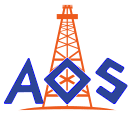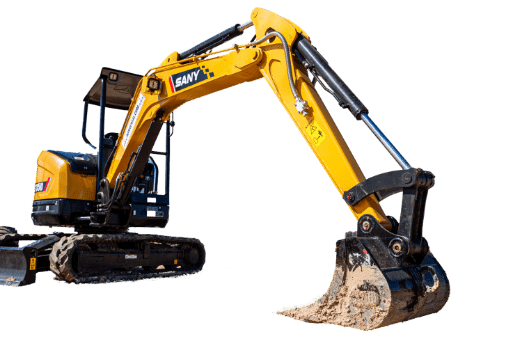Embarking on the task of operating a forklift is not just about getting the job done; it’s about mastering a skill that hinges on precision and an unwavering commitment to safety. Before using a forklift, do you know the crucial steps to ensure it’s in top-notch condition for the day’s tasks?
This guide is your essential companion, leading you through the vital daily checks. From conducting thorough forklift inspections to verifying the effectiveness of safety devices, each step is a stride toward maintaining a workplace that champions safety and efficiency. Dive in with us to discover how to prepare your forklift for peak performance, ensuring every lift is as safe as it is successful.
Unlocking the Power of Daily Forklift Checks: Safety, Efficiency, and Beyond
Why should the ritual of daily forklift checks be at the heart of every operator’s routine? As outlined by the U.S. Department of Labor’s Occupational Safety and Health Administration (OSHA), these inspections aren’t just beneficial, they’re a legal requirement. Let’s explore the compelling reasons that make daily forklift inspections indispensable:
Safety First
For forklift operators, the daily use of a forklift inspection checklist is a crucial step in ensuring a safe working environment. This proactive approach allows for the early identification of potential hazards, preventing accidents, and safeguarding lives.
Maximizing Efficiency
Regular inspections go beyond mere compliance. They play a pivotal role in spotting maintenance issues early, thus minimizing unexpected downtime due to equipment failures. This ensures that your forklift is always ready to perform efficiently, with every component, from the dash control panel to the lifting mechanisms, in perfect working order.
Enhancing Longevity
The lifespan of your forklift is significantly extended through consistent maintenance. This not only ensures that the forklift remains a reliable asset but also boosts its potential resale value.
In essence, daily checks are the linchpin of responsible forklift operation, blending legal compliance with practical benefits. They are an investment in safety, efficiency, and the long-term health of your machinery.
A Step-by-Step Guide to Performing Daily Forklift Checks
Performing daily checks on your forklift is a vital step in ensuring operational safety and efficiency. This process is divided into two key stages: the visual pre-operation inspection and the operational inspection. The first stage involves a thorough visual examination to ensure the forklift is in good condition before it’s started. The second stage, the operational inspection, tests the forklift’s functions while it’s running.
Visual Pre-Operational Check
Before you ignite the engine of your forklift, a meticulous visual inspection is crucial. This pre-start check is a fundamental aspect of forklift safety, ensuring that the machine is ready to perform safely and efficiently. Here’s what to focus on:
Fluid Levels
Begin by verifying the fuel and oil levels, along with engine oil, hydraulic fluid, and coolant. Look out for any leaks under the forklift, which could signal a problem needing immediate attention.
Physical Condition
Examine the forklift for visible damage. Check for dents, cracks, or broken parts, and note any signs of excessive wear. These could be red flags indicating the need for part replacements.
Tires
Ensure the tires are correctly inflated and free from cuts or gouges, as damaged tires can compromise safety and performance.
Forks
Inspect the forks to confirm they are securely attached and in good condition. Remember, bent or damaged forks can significantly affect the forklift’s lifting capacity.
Safety Components
Check all safety guards, including overhead guards and roll-over protection structures, to make sure they are intact and functional.
Exhaust System
Don’t forget to inspect the exhaust system, a critical component for both operational efficiency and safety.
If your forklift is electric, additional checks include the battery, cables, connectors, and battery restraints. For internal combustion forklifts, inspect the oil, coolant, brake fluid levels, air filter, and radiator. For liquid propane forklifts, ensure the tank is correctly mounted, the pressure relief valve is pointing up, and there are no visible dents, cracks, or leaks.
Operational Inspection
Once the pre-operational check is complete, it’s time to ignite the engine and delve into what must be done daily before using a forklift – the operational inspection. This critical step ensures that every aspect of your forklift is not just functional but also safe for use. Here’s what to focus on:
Horn and Indicator Lights
Begin with testing the horn, a crucial safety tool, and ensure all indicator lights and alarms are working correctly, as outlined in forklift inspection checklists.
Brakes and Steering Wheel
Test the responsiveness of the foot brakes, steering wheel, and accelerator. They should operate smoothly, ensuring precise control during operations.
Hydraulic Controls and Lift Mechanism
Confirm that all hydraulic controls are functioning properly, including the lift mechanism, which is essential for the forklift’s core operations.
Forklift Attachments
If your forklift is equipped with attachments, double-check that they are securely fixed and operating as intended.
Additionally, pay attention to any unusual sounds or vibrations when the engine is running. These could be telltale signs of underlying problems. Should any issues arise during this operational check, it’s crucial to cease using the forklift, contact your supervisor immediately, and arrange for the necessary repairs to be made. This operational inspection is not just a routine task, it’s a safeguard for the forklift’s longevity and the safety of your workplace.

Tailoring Checks for Different Types of Forklifts
The type of forklift you operate dictates a specific set of checks that must be done daily to avoid improper maintenance and ensure optimal operation. For electric forklifts, this means a thorough examination of the battery, cables, connectors, and battery restraints, ensuring they are in top condition for safe and efficient performance.
If you’re handling an internal combustion forklift, your focus shifts to inspecting oil, coolant, brake fluid levels, air filter, and radiator. These elements are crucial for the smooth running of your machinery and should align with the guidelines in the operator manual.
For operators of liquid propane forklifts, the inspection gets more specific. Verify that the tank is mounted correctly and the pressure relief valve is oriented upwards. Also, inspect the tank for any visible signs of damage, such as dents, cracks, or leaks, which could pose significant safety risks.
Adhering to these tailored checks, based on your forklift’s power source, is not just a recommendation; it’s an essential part of your daily routine to ensure the forklift’s longevity and the safety of your operations.
Safety Considerations During Forklift Operation
While pre-operational checks and operational inspections form the foundation, there’s more to forklift safety. As an operator of a forklift truck, keeping these additional safety considerations in mind is paramount:
Operator Awareness
Stay alert and aware at all times. This means being vigilant about your surroundings, including other vehicles, and pedestrians, and understanding the load capacity of your forklift. Keeping an eye on these factors can drastically reduce risk.
Correct Workwear
Safety starts with the right gear. High-visibility clothing and sturdy footwear are essential, and any additional protective equipment must be worn as required. Also, avoid loose or baggy clothing to prevent it from getting caught in the machinery.
Load Capacity and Hydraulic System
Adhering to the maximum load capacity of your forklift is crucial. Overloading not only risks instability but can also strain the hydraulic system, leading to potential hazards. Always cross-check weights with the forklift safety checklist to maintain balance and safety.
Utilizing the Parking Brake
Whenever stationary, even for brief moments, engage the parking brake. This simple action can prevent unintended movement and is a basic yet vital aspect of forklift safety.
Incorporating these practices into your daily forklift operation routines ensures not just compliance but a commitment to maintaining a safe and efficient work environment.
Long-Term Maintenance of Forklift Trucks
Operating a forklift involves more than daily checks, it demands a commitment to long-term maintenance to keep your machine running at its best. Think of it as regular health check-ups for your forklift trucks. Minor maintenance is recommended every 250 hours of use, which might include tasks like oil changes or checking the operator compartment for wear and tear. As you reach the 500-hour mark, intermediate maintenance steps in, delving deeper into the forklift’s components and systems.
The milestone of 2,000 hours signals the time for major maintenance. This extensive check is crucial in preventing serious issues that could arise from prolonged use. Regularly following this maintenance schedule not only prolongs the life of your forklift but also ensures that every time you’re using a forklift, it’s as safe and efficient as possible. Adopting these practices helps in preserving the forklift’s functionality and safety, making it a reliable workhorse in your long-term operations.
Forklift Operation: Best Practices
Ensuring the safe operation of a forklift truck encompasses much more than routine checks and maintenance. Here are some additional tips to ensure safe forklift operation::
Certified Training
The operation of forklift trucks should be reserved exclusively for trained and licensed operators. This is a critical measure not just for the operator’s safety but for everyone on the site. Proper training ensures an understanding of efficient energy output and safe handling practices.
Understanding Your Machine
Every forklift truck model is unique, with its specific characteristics and operating requirements. Familiarize yourself thoroughly with your specific model, including understanding the capacity load plate, which details the maximum load your forklift can safely carry.
Prioritizing Cleanliness
Regular cleaning of your forklift is more than just about aesthetics; it’s a safety measure. Removing oil and grease build-up ensures the forklift’s operation and safety controls remain fortified.
Environmental Awareness
A significant aspect of forklift safety is situational awareness. Always be acutely aware of your surroundings while operating a forklift, as many accidents occur due to a lack of attention to the environment around the machine.
Adhering to these practices elevates not just the safety but also the overall efficiency of forklift truck operations, ensuring a harmonious and productive workplace.
Choosing a Well-Maintained Forklift
Understanding the critical steps required daily before using a forklift is vital for ensuring both safety and efficiency in your operations. This guide has walked you through the essential practices, from regular checks to adhering to safety protocols, to keep your forklift in prime condition. By embracing these guidelines, you’re not just operating a machine; you’re ensuring that it’s always ready to perform tasks safely and effectively.
A well-maintained forklift transcends beyond being a mere tool; it represents a significant investment in the longevity of your equipment and the overall productivity of your operations. These routine checks, while seeming small, play a huge role in the bigger picture of your operational success.
In your quest for a reliable forklift that meets these high standards, look no further than AOS Rentals. Our selection of rentable forklifts is diverse and meticulously maintained to ensure the highest standards of performance and safety. We understand the importance of having the right equipment for your specific needs, and our team is here to help you find the perfect forklift to meet those needs. Contact AOS Rentals today and take a significant step towards enhancing the efficiency and safety of your operations with a forklift that is as reliable as it is efficient.
